Environmental awareness is at its peak today so people focus on significant waste generation problems. The necessity of powerful waste reduction strategies becomes more vital than ever because we face dangerous environmental consequences and full landfills. Packaging sometimes received criticism for its environmental impact, but modern solutions from within the industry now demonstrate ways to change this perception. Flexible packaging represents an effective solution because it functions as a popular, versatile packaging method that significantly reduces waste throughout different industrial sectors.
The Alarming Reality of Waste and Food Spoilage
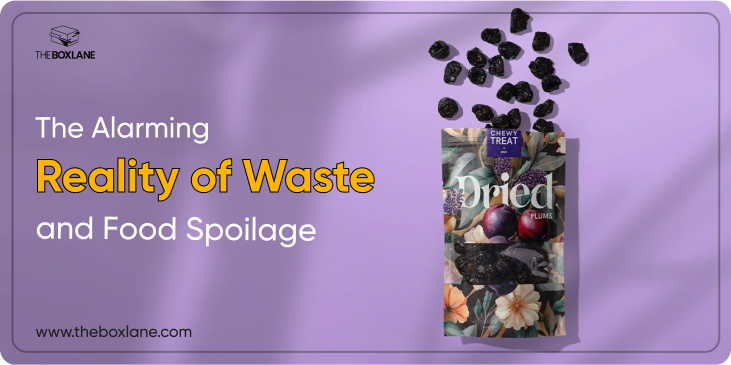
We need to grasp the full extent of the problem before examining how flexible packaging solves the issue. Waste streams contain a major amount of discarded food waste. American consumers primarily waste fruits and vegetables with dairy products and prepared meals, among the discarded items. The disposal of food items causes severe environmental consequences. Landfill-degrading food items produce methane, which functions as a powerful pollutant, leading to climate change. The waste of this food also results in unnecessary utilization of water resources and energy consumption, as well as depletion of land resources.
Flexible Packaging: A Powerful Ally in the Fight Against Food Waste
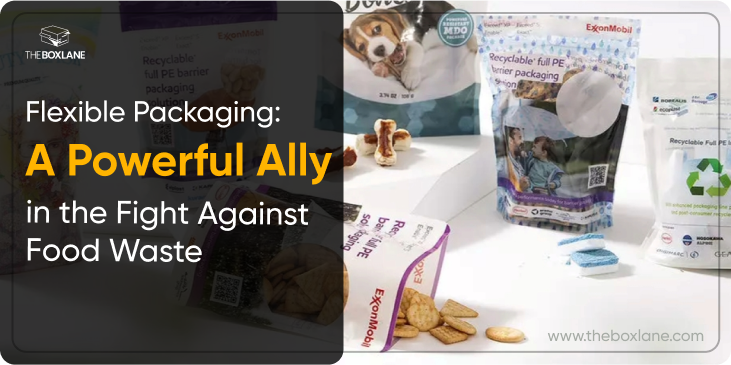
Flexible packaging waste reduction stands as an actual advantage, which pushes companies to choose this packaging system. The material requirements to package a given amount of product become less extensive when using flexible packaging instead of rigid packaging. The inherent material efficiency produces less waste volume during production. The material requirements of a stand-up pouch of coffee prove lower than those needed for a rigid plastic tub. Sustainable flexible packaging stands on the reduction of necessary materials that make it possible.
Extending Shelf Life: Keeping Food Fresher for Longer
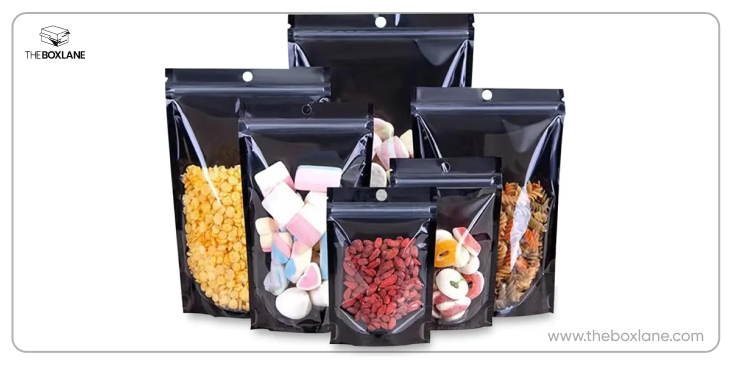
The shelf life extension of food products triggered by flexible packaging emerges as a major method to prevent waste generation. Advanced barrier films incorporated into barrier film packaging sustainability create protective layers that stop oxygen and moisture, and light from reaching food contents, which leads to spoilage. The lengthy preservation of food products results in reduced items being discarded. Several technologies contribute to this:
Modified Atmosphere Packaging (MAP)
The modification of packaging gas composition helps decrease both respiration rates and microbial multiplication. The combination of lower oxygen and higher carbon dioxide or nitrogen levels through MAP extends the shelf life of perishable products, including meat and poultry, and fresh produce.
Vacuum Packaging
The removal of air from packages establishes an oxygen-free atmosphere that halts aerobic bacterial growth as well as oxidation processes. The preservation of meats along with cheeses and processed foods, relies on this specific method.
Active Packaging
Packaging materials adopt innovative methods by adding substances that actively work within the package to increase food shelf life. Active packaging incorporates three types of substances for preservation: oxygen absorbers, together with moisture regulators and antimicrobial agents.
Portion Control and Reduced Overconsumption
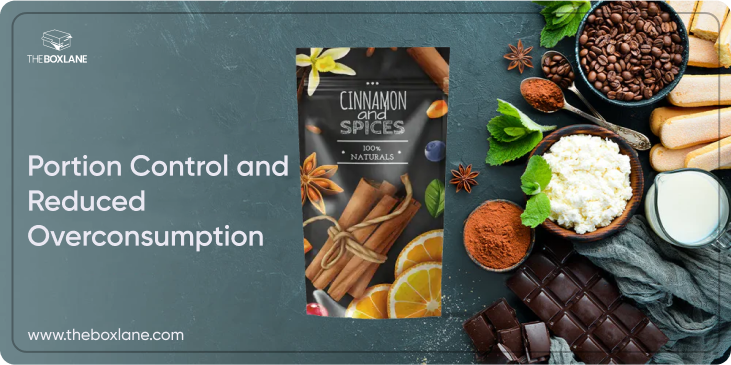
The methods for reducing food waste through smart packaging must include features that help users control portion sizes. The design features of flexible packaging allow for both one-dose sizes and user-friendly reseal capabilities that prevent people from choosing oversized portions and maintain product freshness after opening. Single-serving portions and resealable packaging designs prove valuable for snacks and cereals since they help users prevent food waste and minimize excess consumption of large containers.
Meta Pail: A Step Towards Circularity
The sustainable packaging industry keeps producing new innovations, while Meta Pail represents an exemplary solution. The solution presents a durable yet adaptable substitute for the standard rigid plastic pails. The design of Meta Pail focuses on material efficiency because it requires less plastic than traditional rigid packaging, so it supports sustainable packaging practices.
Meta Pail functions as a storage solution for various food items, such as sauces and spreads in addition to powders, while offering compatibility with some liquid products. The product remains intact due to this material's durability, and its flexible nature streamlines storage operations and potentially minimizes transportation expenses through optimized stacking.
The single-material construction of Meta Pail enhances its recyclability better than rigid packaging made from multiple materials or composites. The use of Meta Pail provides environmental advantages such as lower material consumption, together with reduced transportation emissions from lightweight and improved recyclability in some applications.
Mindful Packaging: A Holistic Approach
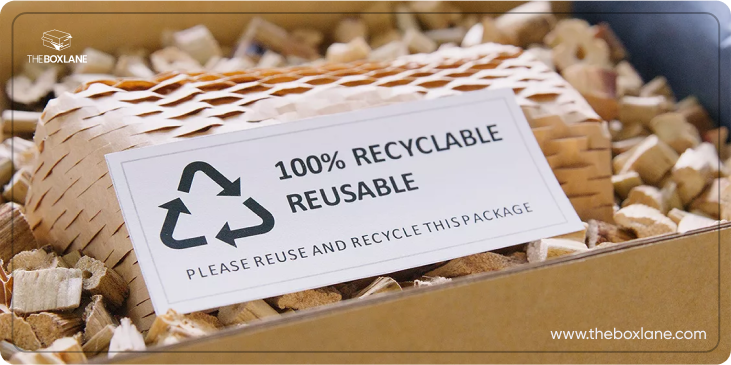
Mindful Packaging delivers a responsible method for designing packaging, and it extends through manufacturing steps and waste management procedures. This recognition helps connect packaging to environmental as well as societal well-being because everything exists together. Organizations should evaluate every phase of packaging development, beginning with material acquisition until waste disposal. Flexible packaging designed by mindful principles leads directly to sustainable development in the future.
The Journey Towards a Circular Economy for Flexible Packaging

The clear advantages of flexible packaging to reduce food waste create doubts about how to handle its end-of-life phase. Flexible packaging is becoming more accessible for recycling operations. Modern science continues to develop better technologies and infrastructure for recycling flexible packaging. The field of material science progresses through developing food packaging products that can be recycled and now produces even environmentally-friendly flexible packaging that decomposes naturally.
Some flexible packaging structures contained multiple layers, which presented difficulties for mechanical recycling methods throughout history. Chemical recycling technologies, together with mono-material flexible packaging solutions, help solve the existing barriers in the industry.
Flexible packaging stands against rigid packaging in terms of sustainability benefits. The solution remains unclear because it depends on the particular use case. The use of flexible packaging brings multiple benefits to resource efficiency, combined with waste reduction in many applications. Ecologically sound choices favor flexible packaging since it requires fewer materials and provides longer shelf stability, and demonstrates better potential for recycling abilities, thus outperforming rigid packages. Flexible packaging can serve as a tool to reduce landfilled plastic waste when designed for composting and recycling, and shows efficient food waste reduction abilities.
Conclusion: Embracing Flexible Packaging for a Sustainable Future
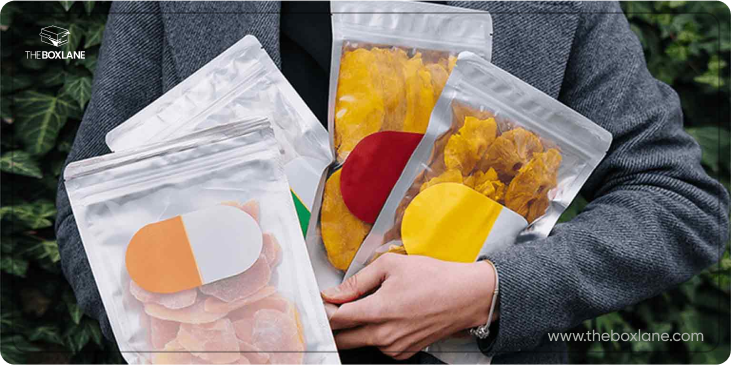
Flexible packaging stands beyond simple product packaging convenience because it serves as an essential waste reduction instrument, particularly for food waste reduction. The environmental stewardship of future generations depends heavily on flexible packaging because it offers extended shelf life and portion control services and continues to improve its sustainability values. We will see larger advancements in using flexible packaging power due to the improvements of Meta Pail and Mindful Packaging principles to decrease our environmental impact while developing a circular economy framework.


